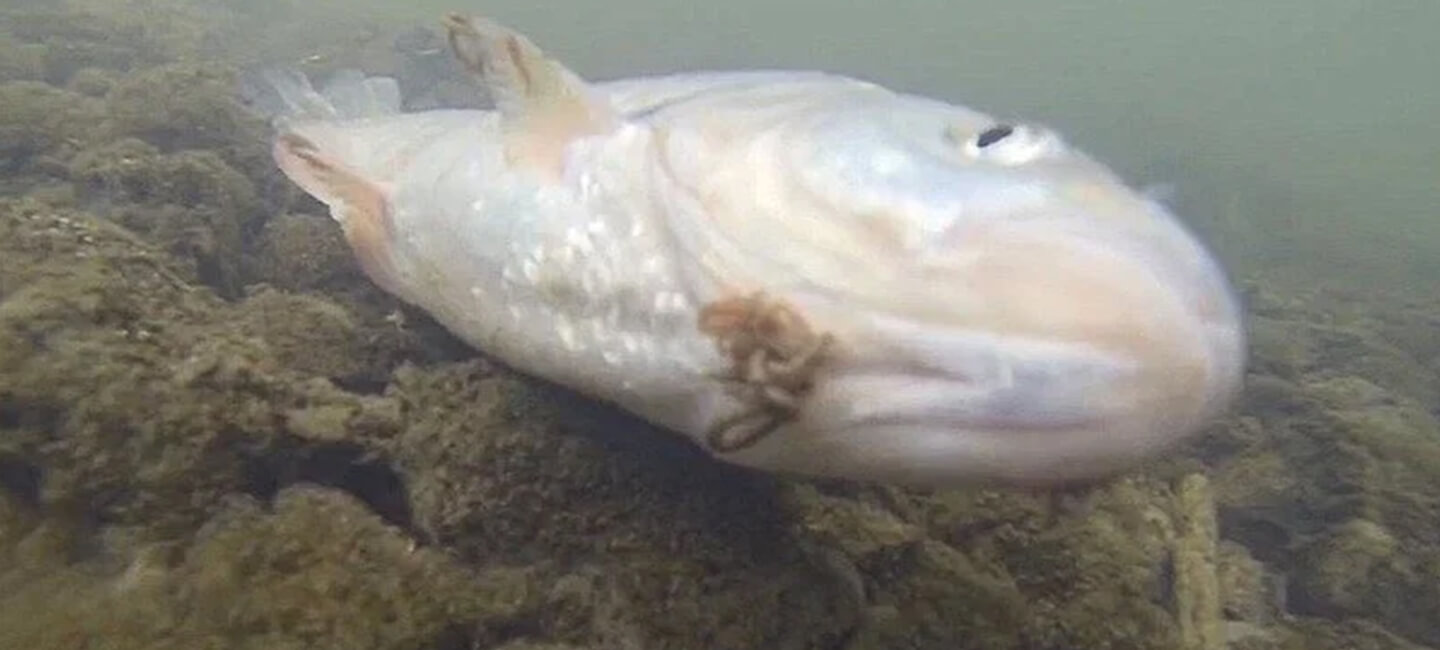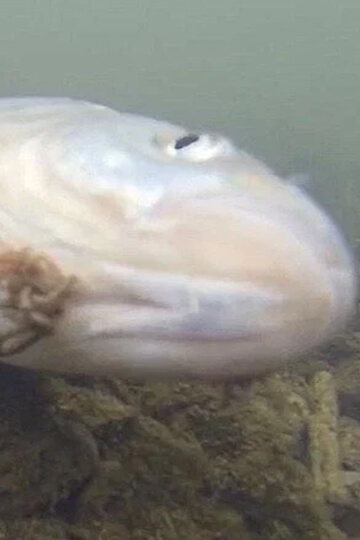

Faced with the death of fish in the Grenne, One Voice challenges the prefecture for remaining silent
Also known as the “Tuilerie stream”, the Grenne is undergoing changes to its natural environment… and not without reason: a company classified as low-threshold Seveso (1) is located nearby. On 12 March 2025, all the fish present died without any alarm or explanation being issued by the authorities. Wild and domestic animals, flora and humans are threatened by potential health risks. Time passes, yet opacity reigns: the prefecture of Loir-et-Cher provides no details on the tests carried out on the water. Today, One Voice supports local residents in calling for the disclosure of information and the restoration of this inhabited natural environment.
A site under surveillance, but not without impact
Barbel, pike, eel, trout, crayfish: until recently, the Grenne river branch was home to an entire ecosystem. But on 12 March, a genuine massacre was discovered: the animals were found dying and perishing one after the other.
Like the effect of a bomb, the pollution believed to be the cause of the disaster can be traced back to the activities of the Aalberts plant located a few steps from the riverbank.
Specialising in the production of piping systems for liquids and gases, the factory is well-known to local residents: toxic products were already discharged into the water in 2018 and 2021. Fires have also broken out in the factory. The company stores many hazardous chemicals, which explains its classification as a low-threshold SEVESO site. It is therefore monitored but not entirely virtuous. Every day, these industrial sites on the edge of natural areas reveal a little more of their dangerousness and the destruction of animals and biodiversity in general.
Polluted water, dead fish… and a lack of transparency
The suspected presence of bromine, cyanide and bleach is believed to be responsible for the deterioration of the water quality. These toxic ingredients can cause respiratory tract irritation, eye reactions and death. Most importantly, these components will not disappear without human intervention…
But, as if nothing had happened, no action has been taken: neither the population nor the farmers who are part of the population and are the first to be affected have received any information about this pollution. While a water analysis is being carried out, there is a crucial lack of transparency: after the prefects failed to publish the results, the reports themselves are now unknown to everyone. The French Office for Biodiversity had detected alkali contamination in the water, which led to a ban on fishing by decree. But that decision was lifted overnight. Had the harmful substances miraculously disappeared? Against damage to the environment and the poisoning of nature, whether intentional or not, the facts will not be ignored.
Sign the petition “La Grenne en vie!” now, and join One Voice in calling on the authorities to disclose the results of the analyses and restore the site:
Mr Prefect,
On 12 March 2025, numerous fish were found dead in the Grenne river. Analyses were carried out, but the results have not been disclosed.
However, Articles L. 311-1 et seq. of the Code of Relations between the Public and the Administration stipulate that public authorities are obliged to disclose the administrative documents in their possession to persons who request them.
This is also stipulated in the Environmental Code, which requires the disclosure of ‘all information relating to the environment held, received or produced by public authorities’, including ‘the state of the environment, in particular the air, the atmosphere, water, soil, land, landscapes, natural sites, coastal or marine areas and biological diversity, as well as the interactions between these elements” (Articles L.124-1 et seq.).
The numerous environmental and health risks are currently largely unknown and yet no information has been provided to local residents or even farmers.
What about the use of water from this river? Must we wait for another mass death before these documents are released?
How many animals, wild and domestic, plants, algae, and citizens will be affected by the disastrous consequences of this silence?
We ask you to put an end to the lack of transparency and to communicate all information relating to the analyses carried out following these events within a sufficient time frame to allow any interested citizen to know the impact of this pollution on the environment and their own health.
We also request that measures be taken to restore and maintain the biodiversity.
Yours sincerely,
1 Site classified as posing industrial risks, whether moderate (low threshold) or major (high threshold), due to the presence of hazardous chemicals. The factory must therefore comply with strict safety rules to prevent accidents.